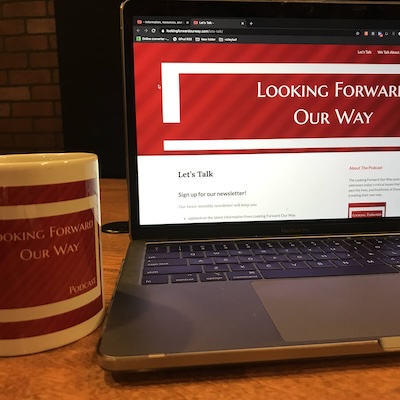The Nap and I
Photo by infoxicated on Unsplash
The absolute best thing about Retirement is the ability to nap with impunity.
When I worked in an office, on most days at some point between 10 am and noon there would come a 15- to 20-minute interval when I would stare at a computer screen without seeing, my eyes unable to focus, eyelids slowly descending, my brain unable to process. I could have spent those minutes to my advantage horizontally, enjoying a quick power nap, but of course no office I ever worked in provided a dedicated nap room, and such a boon to productivity could not even be suggested without some snide comment about kindergarteners. Meetings at mid-morning or after lunch had the same effect – especially those meetings when the lights were dimmed so some equally dim manager could drone on about his PowerPoint presentation. Remaining alert was a losing battle. Fortunately I do not snore.
But now that I have entered my post-career state, when I feel weariness of body and mind – which occurs regularly between 10:00 am and noon – I have the freedom to listen to my body’s natural rhythms and lie flat for a brief refresher.
I would enjoy this indulgence more completely were it not for worrisome reports that suggest naps may be unhealthy or even dangerous. Unwilling to take this lying down, I have examined the evidence and am pleased to share my findings with you.
The Underlying Mechanics of Sleep
The information will make more sense if we first look at the natural sleep cycle. Whether at night or during the day, sleep progresses through stages.
Stage 1, which lasts from 1 to 7 minutes, is the lightest.
Stage 2, which lasts from 10 to 25 minutes, allows muscles to relax and body functions to slow.
Stage 3 is a deeper, more restorative sleep, the kind it is hard to awaken from easily. It usually lasts 20 to 40 minutes.
Stage 4 is Rapid Eye Movement (REM) sleep, when dreaming takes place. The eyes move quickly under the eyelids and the body’s muscles are temporarily paralyzed. This period is variable in length. When it ends, the cycle repeats.
What this means is that a short nap will take you through the first two stages only. A nap of an hour or more will transport you through Stage 3 or even Stage 4.
First the Bad News
Excessive daytime napping may be an indicator of dementia, according to a study by University of California San Francisco, Harvard Medical School, and Brigham and Women’s Hospital. Dr. Yue Leng, a co-author of the study, found that dementia and excessive naps are associated, though it isn’t clear whether napping is the cause or a symptom, or whether in fact the two act on each other. Napping and Alzheimer’s disease “seem to be driving each other’s changes in a bi-directional way,” says Leng.
The study tracked 1,401 older adults, whose average age was 81, for up to 14 years. Those who napped more than an hour a day had a 40% higher risk of developing Alzheimer’s than those who napped less than an hour a day. But participants who napped once daily had a 40% higher risk of developing Alzheimer’s than those who napped less than daily.
Other studies have found links between daytime napping and diseases.
-
Napping more than 90 minutes daily is associated with high blood pressure.
-
Napping more than 60 minutes a day is associated with an increased risk of type 2 diabetes.
-
Napping longer than 30 minutes daily is correlated with a higher frequency of non-alcoholic fatty liver disease.
-
A nap less than eight hours before bedtime may interfere with nighttime sleep patterns.
On the Plus Side
Then again, research based on a study of nearly 3,000 people in China ages 65 and older revealed more optimistic findings. The people who napped for 30 to 90 minutes performed better at word recall and figure drawing exercises, both signs of good cognition, than those who napped for longer and those who did not nap at all.
Dr. Charlene Gamaldo, medical director of the Johns Hopkins Sleep Disorders Center, theorizes that people who take longer naps are compensating for poor nighttime sleeping, which can lead to cognitive problems. Longer naps can pose other problems as well, she says. People may feel groggy upon awakening from a long nap, perhaps because they are awakening from deep (Stage 3) sleep. Long daytime naps may also lead to insomnia at night, she says.
There are other benefits to short (20- to 30-minute) naps, according to doctors at the Sleep Foundation:
-
They can enhance alertness, mood, and memory.
-
They can reduce stress.
-
Napping once or twice weekly is associated with a lower risk of cardiovascular problems.
Most of my daily naps fall into the 20–30-minute range – although I do take naps of up to an hour on the weekends and after babysitting the four grandchildren. So on balance, I’m reassured that the power nap has more benefits than drawbacks and is certainly more efficacious than dozing through PowerPoint slides.
But to be on the safe side, have a timer handy to keep your naps short and sweet, and don’t aggravate the risk of insomnia by napping after 3 p.m.





























Already a Member? Login Here.
Not Yet a Member? Join the Conversation Today!